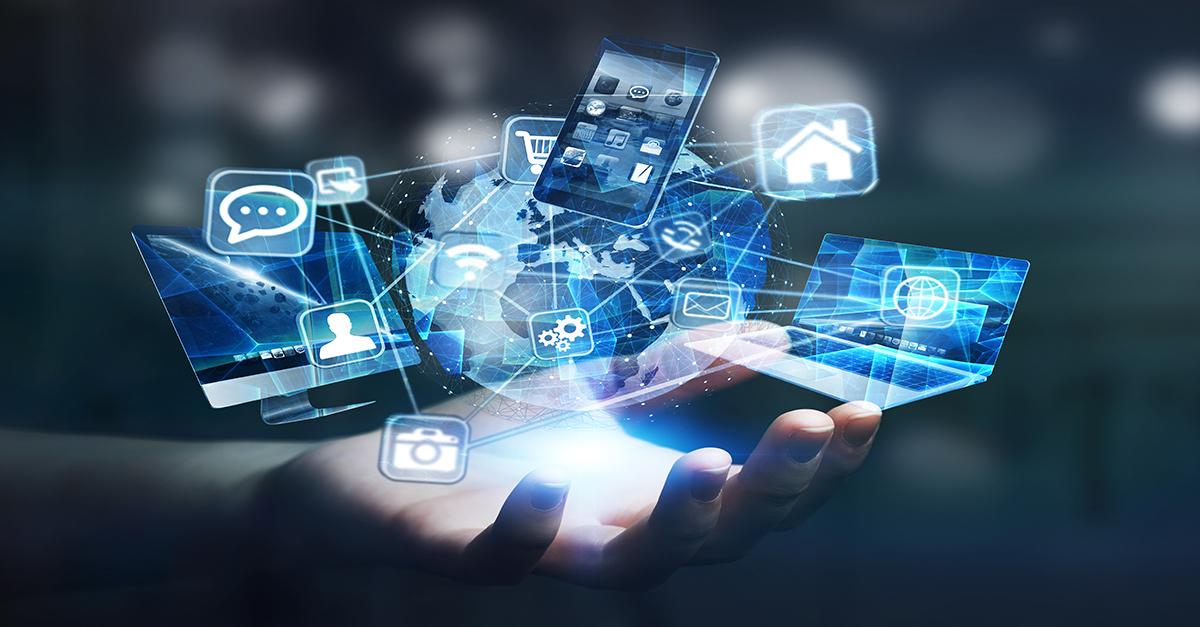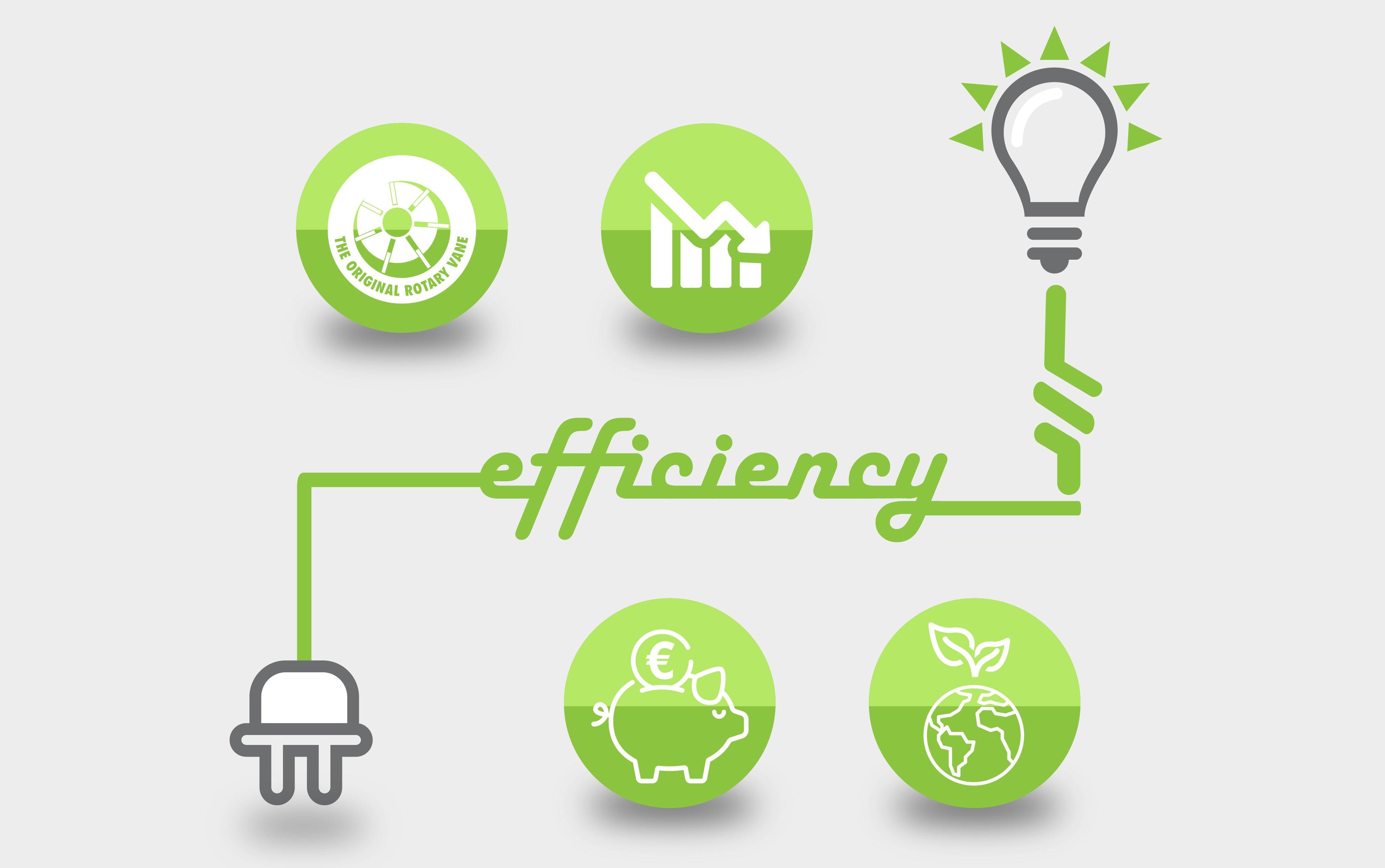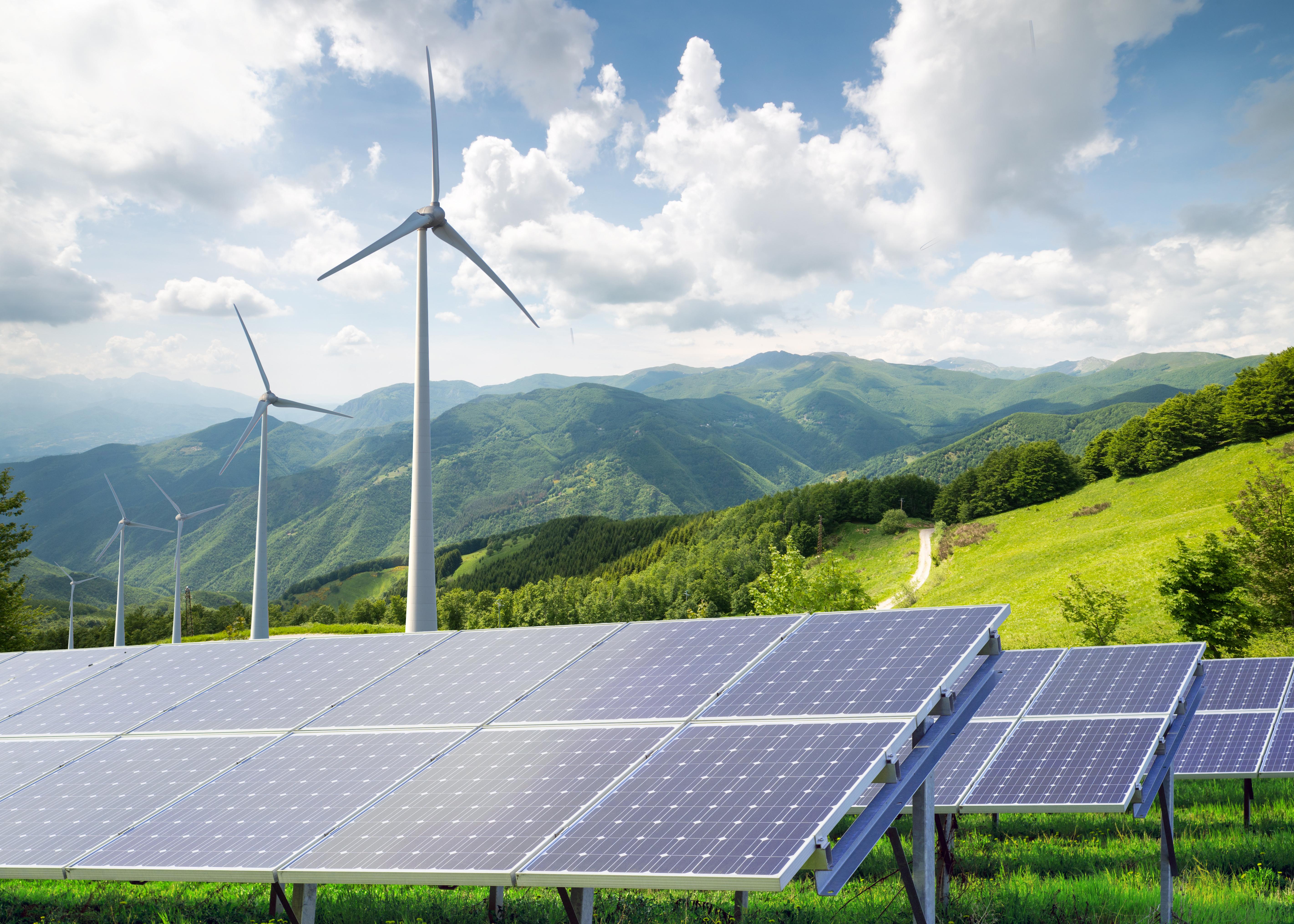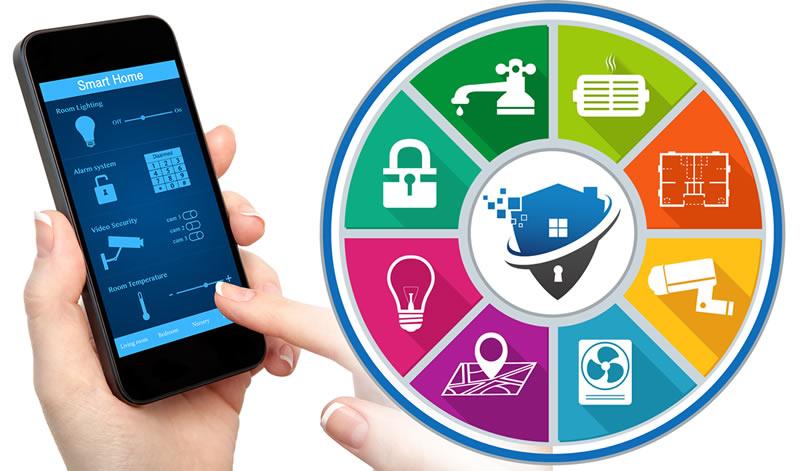In an era were sustainability meets innovation, the concept of smart homes is redefining our living spaces. as we strive to conserve energy and reduce our carbon footprint, home automation emerges as a powerful ally in this quest for eco-conscious living. “Green & Smart: Energy-Saving Home Automation Tips” delves into the integration of cutting-edge technology with environmentally kind practices, illuminating practical strategies that not only enhance our comfort but also promote a healthier planet. From optimizing heating and lighting systems to embracing energy-efficient appliances, this article will guide you through the myriad ways to transform your home into a showcase of sustainability without sacrificing modern convenience. Join us on this journey towards a greener,smarter lifestyle,where every small change has the potential to make a world of difference.
Embracing Smart Technology for Sustainable Living
Integrating smart technology into your home is a powerful step towards sustainable living. One of the easiest ways to start is by implementing smart thermostats. These devices learn your daily routines and adjust the heating or cooling accordingly, significantly reducing energy waste. Consider options like the nest Thermostat or Ecobee for intuitive features that allow remote control and energy reports, helping you stay mindful of your consumption.
Lighting plays a crucial role in energy efficiency. Smart lighting solutions, such as Philips Hue or LIFX, enable you to control lighting levels from your phone or smart speakers, allowing you to turn off lights in unoccupied rooms effortlessly. moreover, consider installing motion sensors that trigger lights only when someone is present. This not only enhances convenience but also conserves energy. Hear are some key benefits of smart lighting:
- Remote Accessibility: Control your lights from anywhere.
- Energy Monitoring: Track energy usage to optimize consumption.
- Customization: Set schedules and moods for different times of the day.
Utilizing smart appliances can also lead to critically important energy savings. Devices such as smart ovens, washers, and refrigerators often feature energy-efficient settings and can be managed remotely, ensuring they operate at optimal times, such as off-peak hours when energy demands are lower. Below is a brief overview of popular smart appliances and thier benefits:
| Appliance | Energy Efficiency Features |
|---|---|
| Smart Oven | Remote control,energy-saving modes |
| Smart Washer | Water-saving settings,scheduling |
| Smart Refrigerator | Temperature control,energy usage tracking |

Designing Your Home for Optimal Energy Efficiency
Creating a home that conserves energy begins with thoughtful design choices. Orientation and layout play crucial roles in maximizing natural light and reducing reliance on artificial sources. Positioning large windows on the south side of your home can enhance sunlight penetration during winter while incorporating overhangs can prevent excessive heat gain in summer. Consider the use of thermal mass materials such as concrete or stone,which can absorb heat during the day and release it at night,further minimizing heating and cooling needs.
Another essential aspect is the integration of energy-efficient appliances and systems. Opt for ENERGY STAR-rated appliances that consume less electricity while performing better. Install a smart thermostat that learns your heating and cooling habits,adjusting temperatures when you’re not home. Additionally, exploring options such as solar panels or geothermal heating can significantly lower energy bills and contribute to a sustainable lifestyle. Don’t overlook the importance of proper insulation; sealing leaks in doors and windows can drastically reduce energy waste.
| Feature | Benefit |
|---|---|
| Smart Lighting | Automatically adjusts based on occupancy and natural light. |
| Low-Flow Fixtures | Reduces water usage without sacrificing performance. |
| Smart Locks | Enhances security while allowing remote control access. |
leveraging technology through home automation systems can greatly enhance energy efficiency. Implementing smart sensors to monitor energy consumption allows for real-time adjustments to usage patterns. Automated blinds that close during the hottest parts of the day can definitely help maintain a comfortable indoor environment,reducing the need for air conditioning. With a combination of intelligent design principles and modern technology, it’s possible to create a home that is not only energy-efficient but also a pleasure to live in.

Harnessing Renewable Energy Sources in Automation
As environmental consciousness continues to rise, integrating renewable energy sources into home automation systems is becoming increasingly essential.By utilizing solar panels and wind turbines, homeowners can harness clean energy to power their smart devices, reduce reliance on fossil fuels, and contribute to a sustainable future. This not only minimizes the carbon footprint but also provides an opportunity for energy independence and savings on electricity bills.
Implementing effective energy management systems is crucial for optimizing energy consumption. Smart home devices can be programmed to operate during peak energy production times, ensuring that home automation tools such as lighting, heating, and cooling systems draw power when it’s most abundant and economical. Homeowners can take full advantage of renewable sources by employing:
- Smart thermostats: adjusts heating and cooling based on renewable energy availability.
- Automated lighting: Uses sensors to maximize natural light and minimize energy use.
- Energy storage systems: stores excess energy generated for later use during low production times.
Understanding how to best utilize available renewable resources can drastically enhance energy efficiency in automated homes. By integrating sensors and smart controllers,households can seamlessly switch between energy sources,allowing for real-time energy management. Here’s a simple comparison of energy sources to consider for your home automation:
| Energy Source | Advantages | Considerations |
|---|---|---|
| Solar Energy | Renewable, widely available, reduces electricity costs | dependent on weather; initial installation costs |
| Wind Energy | Effective in rural areas, eco-friendly | Requires space, sound noise concerns |
| Geothermal Energy | Stable and reliable during all seasons | High setup cost, limited availability |

Future-Ready Gadgets for a Greener Home Environment
In the quest for a more sustainable home, integrating smart technology can make a significant impact. Imagine a home where sensors detect your presence and adjust the lighting accordingly, or where the thermostat learns your schedule and optimizes energy usage. Smart LEDs not only consume less energy but can also be programmed to change colors based on your mood or the time of day, creating a cozy atmosphere while being environmentally friendly. Additionally, consider installing smart plugs that allow you to control devices remotely, ensuring they’re turned off when not in use, and preventing phantom energy drain.
Appliances are also getting the green-light with advancements in energy efficiency. Look for energy-efficient smart appliances, such as refrigerators and washing machines that use less water and electricity, while also offering intelligent features that adapt to your habits.As an example,smart dishwashers can run during off-peak hours when electricity rates are lower. By utilizing the latest in appliance technology, you can significantly lower your carbon footprint without sacrificing convenience.
To truly harness the potential of a greener home, consider investing in home energy management systems that track your energy use in real-time. These systems can provide insights and notifications on how to save energy, empowering homeowners to make informed decisions.Here’s a brief overview of some popular future-ready gadgets:
| Gadget | Features | Benefits |
|---|---|---|
| Smart Thermostat | Wi-Fi enabled,auto-scheduling,energy reports | Reduces heating/cooling costs by up to 30% |
| Smart Lighting | Color changing,remote control,motion sensors | Improves ambiance while saving energy |
| Smart Energy Monitor | Real-time energy tracking,usage alerts | Helps identify high-energy devices |
| Automated Blinds | Programmable settings,light sensors | Maximizes natural light while blocking heat |
Q&A
Q&A: Green & Smart – Energy-Saving Home Automation Tips
Q1: What is home automation,and how does it contribute to energy efficiency?
A1: Home automation refers to the technology that allows homeowners to control and monitor their home systems remotely or automatically. This includes lighting, heating, cooling, security, and appliances. By integrating smart devices and sensors, home automation can optimize energy usage based on specific needs, such as adjusting temperatures when rooms are unoccupied or scheduling lights to turn off after a certain hour, ultimately leading to significant energy savings.
Q2: Are there specific devices or systems that homeowners should prioritize for energy savings?
A2: Absolutely! Key devices include smart thermostats, which learn your habits and optimize heating/cooling schedules, and smart lighting systems that allow for remote control and scheduling. Energy-efficient smart plugs can monitor and control appliances, and smart sensors can detect occupancy to ensure that unneeded energy isn’t used. Investing in these technologies can lead to noticeable reductions in energy consumption.
Q3: How can homeowners use their existing devices to enhance energy efficiency?
A3: Many homeowners can start by optimizing their current setups. For example, using programmable features on existing thermostats or scheduling lighting systems to turn on and off at specific times can make a significant difference.Connecting devices through a smart hub can also allow for greater control and customization, helping to minimize energy waste without the need for entirely new systems.
Q4: What role do energy audits play in home automation for energy efficiency?
A4: An energy audit is a detailed evaluation of your home’s energy use, identifying where improvements can be made, from insulation to heating/cooling systems. Following an audit,you can tailor your home automation upgrades to target the exact areas where energy waste occurs. This ensures that your investment in smart technology yields maximum efficiency and cost savings.
Q5: Can automation make a difference for eco-conscious renters?
A5: Definitely! Renters can also embrace energy-saving automation without extensive renovations. Portable smart plugs, energy-efficient light bulbs, and smart thermostats compatible with existing heating/cooling systems can significantly improve energy efficiency. Creating a connected environment with these devices allows renters to reduce their carbon footprint while still having the flexibility of a temporary living space.
Q6: How can energy-saving home automation increase the comfort of my living space?
A6: Beyond merely saving energy, home automation significantly enhances comfort. Smart thermostats can create perfect temperature settings, while automated shades can regulate natural light, helping maintain a pleasant ambiance throughout the day.Additionally, alert systems can advise you when to adjust settings or remind you if you’ve forgotten to turn off an appliance, ensuring that your home remains as comfortable as it is indeed efficient.
Q7: What are some tips for integrating energy-saving practices into daily routines?
A7: Start small! Set up routines for turning off devices when not in use, and leverage your smartphone to monitor energy consumption trends. Consider using apps that integrate with your smart devices to send notifications for energy-saving suggestions. routinely review your automation settings—adjusting routines based on seasonal changes can maximize efficiency throughout the year.
Q8: What’s the future of energy-saving home automation?
A8: The future is bright! With advancements in AI and machine learning, smart home systems will continue to become more intuitive and efficient. Expect to see enhanced integration of renewable energy sources, like solar panels, enabling smarter energy distribution. As technology evolves, homeowners will have even more innovative tools at their disposal to create energy-efficient and environmentally friendly living spaces.
—
Embracing these creative yet practical energy-saving home automation tips will not only reduce your energy bills but also contribute to a sustainable future. Dive into the smart living revolution today!
In Retrospect
as we embrace the future of living, the marriage of sustainability and technology becomes ever more essential.The tips and insights shared in “Green & Smart: Energy-Saving Home Automation Tips” are not just about reducing bills or streamlining your daily routine; they represent a commitment to a more sustainable lifestyle that benefits our planet. by integrating intelligent systems into our homes, we can cultivate an environment that nurtures both our well-being and the Earth’s resources.
With every small change, whether it’s adjusting your smart thermostat, optimizing your lighting, or monitoring your energy consumption, we move closer to a greener, smarter future. The road towards energy efficiency is paved with innovation and conscious choices. As you take your next steps in home automation, remember that each effort adds up to a significant impact. Together, we can turn our homes into sanctuaries of sustainability, leading the charge toward a cleaner, brighter future for generations to come.Embrace the journey, and let your home be a beacon of hope in the quest for a more eco-friendly world.
